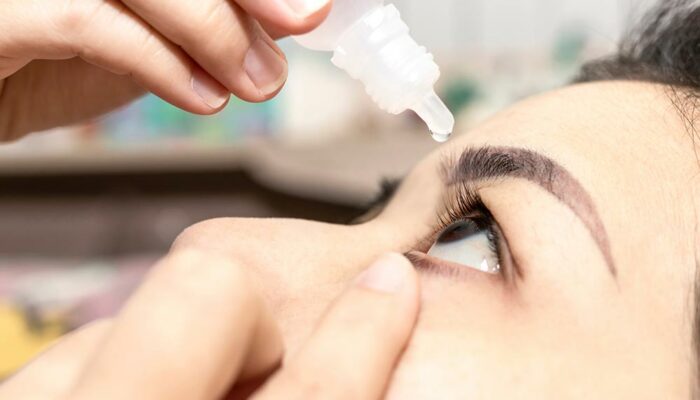
Health
10 silent signs of lymphoma
Lymphoma is a type of cancer that begins in the cells of the lymphatic system, which is responsible for producing and utilizing white blood cells to protect the body against infections. There are two main types of lymphomas—Hodgkin’s lymphoma and non-Hodgkin’s lymphoma. The symptoms of both these conditions can be vague and vary greatly from person to person. Nevertheless, here are a few silent signs of lymphoma one should recognize: 1. Swollen lymph nodes Lymphoma mainly affects the lymphocytes, i.e., the white blood cells in the bone marrow and lymph nodes—parts of the immune system located in the neck, groin, armpit, and spleen areas. The growth of cancer can cause the lymph nodes to swell or become enlarged. So, one can feel lumps under the skin that may not cause pain or discomfort in most cases. 2. Pain The initial stages of lymphoma are often painless. However, as the condition progresses, some may experience severe pain in certain parts of the body. This symptom generally develops when lymphoma has affected one or more organs. To rule out any serious disease or illness, any unexplained pain lasting longer than 4 days must prompt one to consult a medical professional for a thorough examination.
Read More 







